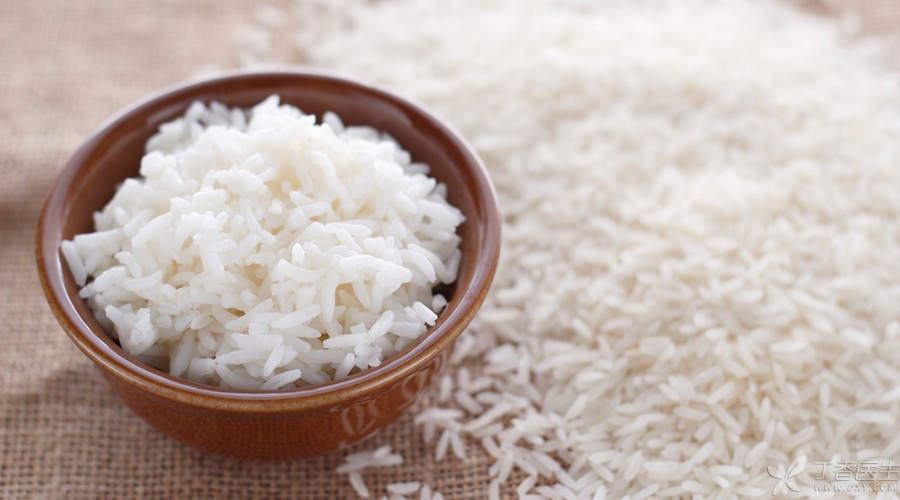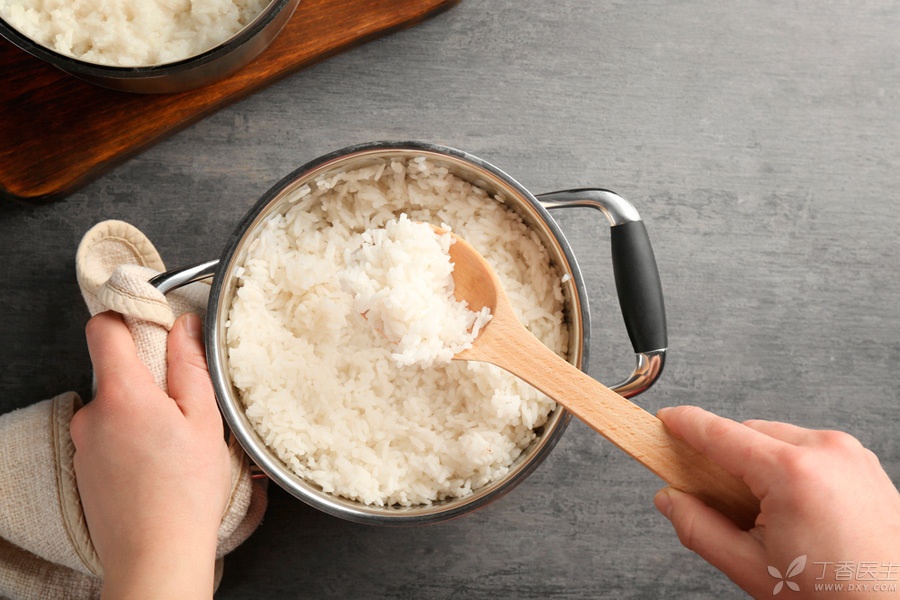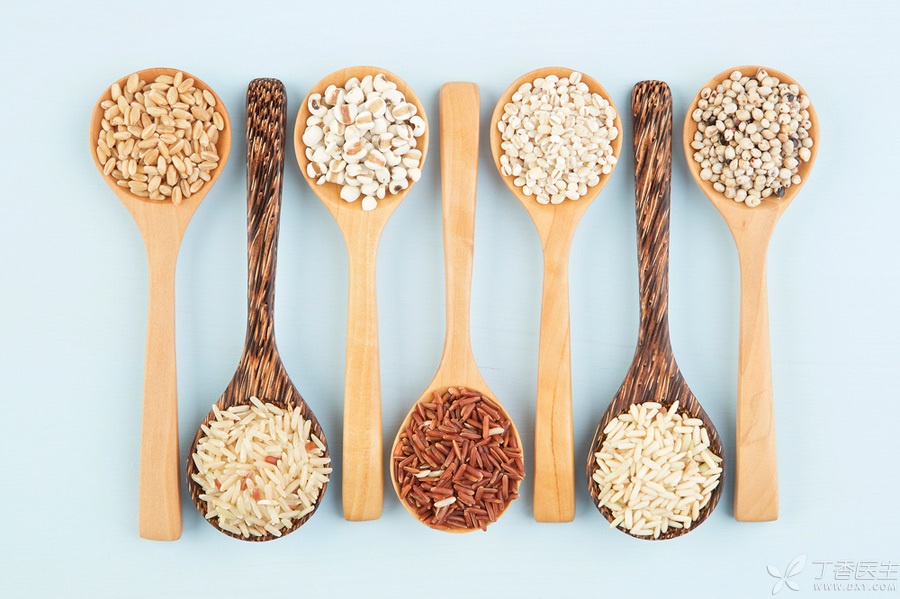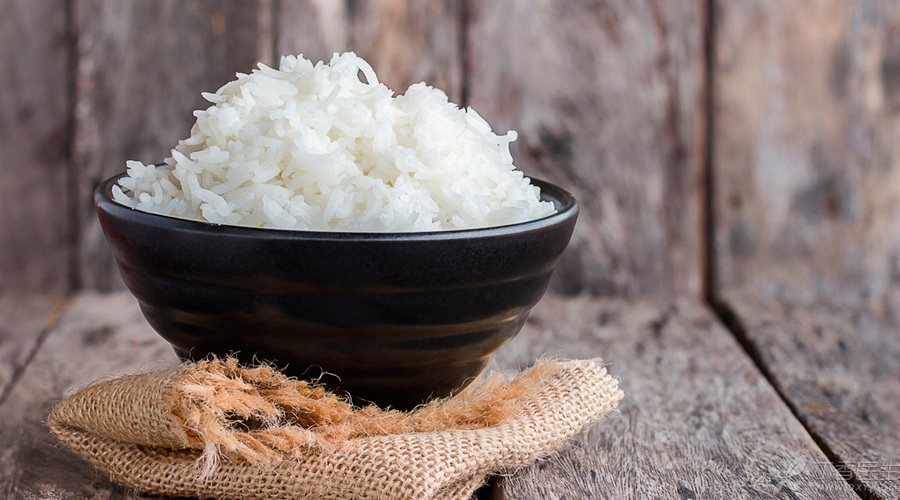
Staple food refers to steamed bread, rice, porridge, noodles, bread and other foods with cereals as the main components. Their common characteristic is that they contain a large amount of carbohydrates and can provide a lot of energy.
About 50% of the energy consumed by Chinese people in their daily diet comes from staple food, which is why they call it [staple food].
But this is what you have to eat every day, but you don’t necessarily eat it right.
Nutrition physician Wang Xingguo found that many people made three mistakes when eating staple food.
Let’s hear what he says.
Error 1: Too much staple food,

< < Dietary Guidelines for Chinese Residents 2016 > > > It is suggested that the average adult should eat 250-400 grams (dry weight) of cereal and potato food every day.
However, the recommended amount of staple food corresponds to the amount of active exercise of 6,000 steps per day.
Nowadays, many people are [lazy] or have no time to exercise. The amount of exercise (energy consumption) in a day is far from 6,000 steps or its equivalent.
If the exercise is not up to standard, but the food is still so much, it is easy to exceed the energy standard.
A better way is to decide how much staple food to eat according to your weight and exercise.
Obese and overweight friends must reduce staple food to a minimum of 150g per day. Of course, you should also eat less sweets and oily foods to control the total calorie intake.
For emaciated friends, staple food should be increased, even to 500g a day, combined with the intake of high-quality protein.
It is emphasized that attention should be paid to adjusting the amount of staple food. Of course, one cannot eat it at all. After all, more than half of the energy needs to be supplied by these carbohydrates every day.
Wrong Two meters of white flour is too much and coarse grain is too little.

White rice, white steamed bread, white noodles, white bread and white porridge are all refined grains with low nutritional value, and blood sugar is easy to rise sharply after eating.
This is not conducive to the control of diabetes, hypertension, hyperlipidemia, fatty liver, obesity, etc.
In contrast, whole grains, such as whole wheat flour, brown rice, millet, corn, oats, buckwheat, etc., and miscellaneous beans, such as red beans, mung beans, lentils, etc., not only have higher nutritional value, but also have slower postprandial blood sugar rise, which is more helpful to control chronic diseases.
It is possible that coarse grains account for 1/3 to 1/2 of the staple food every day.
However, the survey shows that the Chinese people’s whole grain intake only accounts for 3% ~ 7% of the total staple food intake, which is far from enough.
It is emphasized that if digestion is not good and gastrointestinal sensitivity is easy to feel uncomfortable, then the proportion of coarse grains can be appropriately reduced. Because the dietary fiber in these foods is usually more and is not easy to digest, it will aggravate the gastrointestinal burden to a certain extent.
In addition, diabetic patients should not always drink porridge that is boiled badly, otherwise blood sugar will easily rise quickly.
Error 3: Add extra oil and sugar to staple food

Is rice, steamed bread and noodles tasteless and tasteless?
Therefore, staple foods with more flavor, such as fried dough sticks, onion cakes, soaked cakes, sweet porridge, sugar bags and bean paste cakes, have become the hearts of many people.
There are biscuits, peach cakes, twist and so on, which have become snacks that many people like.
These high-oil and high-sugar foods have low nutritional value, but high calorie and fat. They are easy to find when they eat too much, dyslipidemia, obesity, hyperglycemia, etc.
Remember to eat less or not.

In short, when eating staple food, remember to control the total amount, eat more coarse grains, less oil and less sugar.
What we have to do every day, we must do it right and well.
Daily trivial matters are likely to be major factors affecting health.
